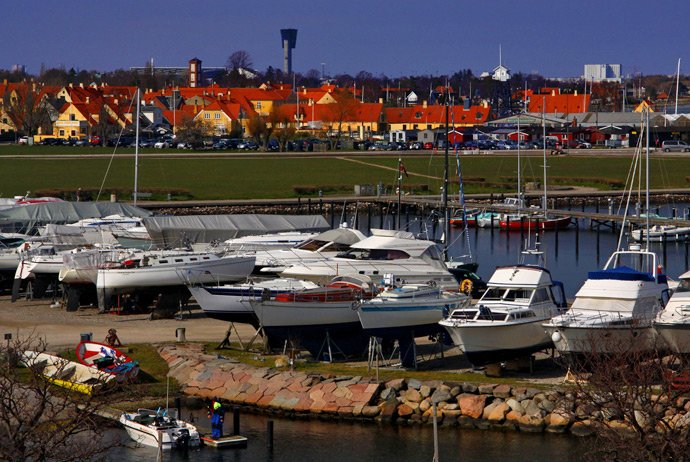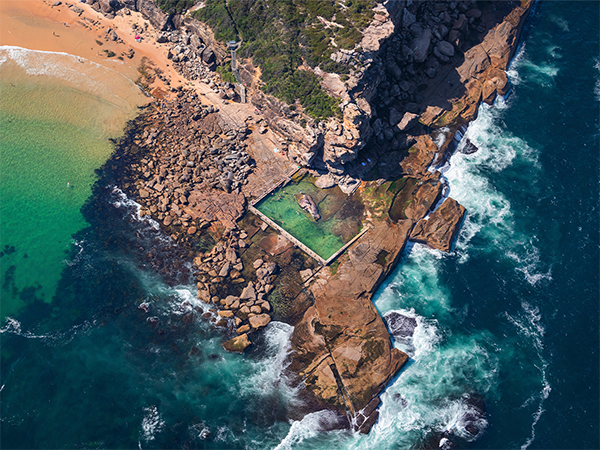Take a walk along the world-famous Left Bank of the Seine in Paris, and you can’t miss the Musée d’Orsay. In an area of the city well-known for its creative and bohemian history, the museum’s cultural significance fits perfectly. Here’s why the Musée is a must-see…

A classic platform for art
Originally the Gare d’Orsay, built between 1898 and 1900, the history of this former railway station is incredible alone. It stands on the site of the Palais d’Orsay, burned down in 1871 by soldiers of the Paris Commune, and was the first electrified urban terminal station in the world. Opened in 1900 for the Paris Exposition, it signalled a change from the events of the past century into the technological advancements of the next.
Built in the Beaux-Arts style, its architecture draws on neoclassicism, Gothic and Renaissance elements. So it’s no wonder that when it stopped being used as a station, the Museum of France decided to make it as grand on the inside as it is on the outside.
Step into the Musée d’Orsay’s main space and see the original station clock hanging above what were once the central platforms. Designed by Victor Laloux, its intricate design is another Beaux-Arts masterpiece, tying together the time capsule of over 100 years of French culture.

Impressive Impressionism
In separate galleries across the three main levels, wander around some of the most important works of the 19th Century. From Gaugin to Van Gogh, Cézanne to Seurat, and Renoir to Rousseau, this is the largest collection of Impressionist and Post-Impressionist art in the world, and one of the largest in Europe. With full reserved access to the permanent collection, you can spend the entire day absorbing the atmosphere.

Watch out for Whistler’s Mother, take in the Tahitian Women on the Beach, and stop in front of a Starry Night Over the Rhône. In fact, there are 24 Van Gogh paintings in the museum alone, including his 1889 self-portrait. This oil on canvas is thought to be the last of a series of 32 he painted of himself over 10 years: imagine if he’d had Instagram!
Meander through Manet and Monet: pieces such as Olympia and Blue Water Lilies couple controversy with calm. In one, the female’s forceful gaze silently pushes back at you; in the other, Mother Nature calls you into the tranquility of a Giverny garden. With around 3000 art pieces on display at any one time, you’re sure to find something that speaks to you.

Sensational sculptures
Busts, bronzes, and bas-reliefs: the museum has more than ‘just’ paintings. At its grand opening in December 1986, the Musée d’Orsay held 1200 different sculptures. Today, that number has grown by over a thousand. The original collection came from the Musée du Luxembourg, the Musée du Louvre and state deposits. Iconic original pieces such as Rodin’s The Bronze Age and Degas’ Little Dancer of Fourteen Years still stand on show.
Over the last century, the collection has grown through exchanges with other institutions. Marvel at the marble of Nature Unveiling Herself Before Science, an 1899 Art Nouveau work of Romantic realist Louis-Ernest Barrias. With a malachite scarab and gown of onyx, she’s a real gem.

Or look up in awe at Rodin’s The Gates of Hell. Inspired by Danté’s Inferno, it stands at 6 meters high and 4 meters wide, with over 180 characters carved into the plaster. That’s a mastery of la méchanceté… Bonus feature: see if you can spot a smaller version of The Thinker within the monumental group work.
Have you been to the Musée d’Orsay? Tell us about the highlight of your visit in the comments!

